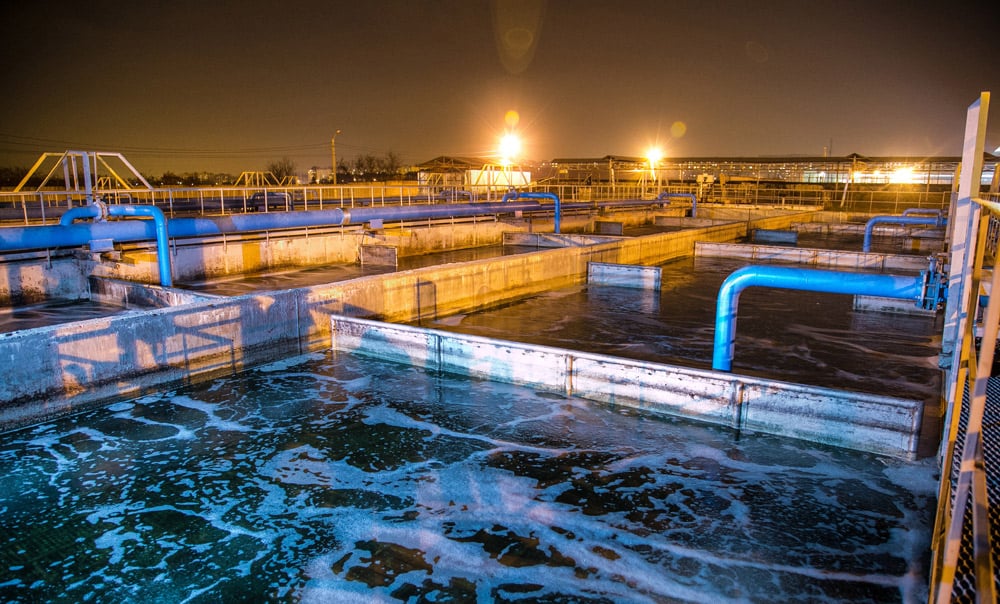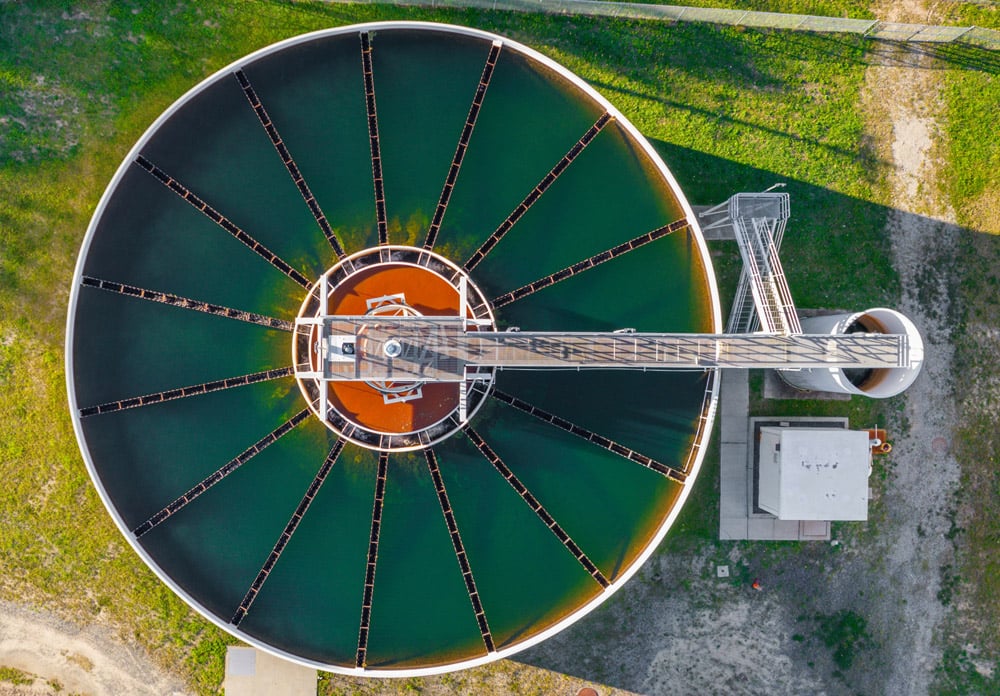Wastewater Treatment
Three Proven Methods for Treating Wastewater

cleanwater1 is a leading provider of water quality solutions and the only to offer a complete set of end-to-end water quality and wastewater treatment products and solutions.
cleanwater1 pairs proven brands like Polyblend®, VeloBlend™, Mako™, Barracuda™, HydraMax™, Dynablend™, PAX Mixers, Monoclor® RCS and Microclor®, with cutting edge strategies and innovations to help customers meet and exceed wastewater goals and regulations.
Our three proven methods for treating wastewater are disinfection, solids thickening and dewatering and chemical feed.
Cleanwater1 Presents our Webinar: Systems for Handling, Feeding, and Delivering Bulk Solids in Small and Large Bags
This webinar will provide an in-depth review of the equipment used to handle and dose a variety of chemicals that are commonly used in their treatment processes and are delivered in 50 pound bags and 2,000 pound SuperSacks.
Disinfection
Disinfection is the process of killing or inactivating microorganisms. Disinfection is typically achieved through the use of chemical disinfectants, such as chlorine, chloramine, or ozone. Disinfection is especially critical in areas where the water source is surface water, such as lakes or rivers, as these sources can be more vulnerable to contamination.
Effective disinfection requires careful management and monitoring to ensure that the appropriate levels of disinfectant are present in the water supply. The goal is to provide protection against waterborne diseases while minimizing the risk of harmful byproducts or other adverse effects.
On-site hypochlorite generation (OSHG) systems for disinfection have seen an increased adoption rate in the last decade as water and wastewater utilities continue to grapple with the onerous complexity of risk management plans (RMPs) in the case of gas chlorine disinfection and the operational or cost challenges of using bulk 12.5% sodium hypochlorite for disinfection. The latest generation of OSHG systems have been designed to emphasize safety, reliability and maintainability.

Disinfection is an essential aspect of water quality management that helps to protect public health and ensure that drinking water is safe and healthy for consumption.

Solids Thickening and Dewatering
Applying polymer prior to a thickening or dewatering process is also called “conditioning”. Conditioning with polymer is often a requirement for the thickening or dewatering equipment to successfully operate.
Polymers that have a positive charge (otherwise known as cationic) and a high molecular weight are typically used for thickening and dewatering solids separation processes.
Different solids thickening and dewatering equipment and applications require different polymer/sludge mixing mechanisms. Some perform better when the polymer solution is injected in the upstream piping of the thickening or dewatering unit.
Chemical Feed
Wastewater from households, industries, or commercial settings, contain various types of contaminants that can be harmful to human health and the environment if not treated properly. Chemical feed is used in wastewater treatment to remove contaminants from the wastewater and to purify it. Chemicals used in the wastewater treatment process include coagulants, flocculants, pH adjusters, and disinfectants, among others.
By forming larger particles, or flocs, these chemicals make it easier to separate the solids from the liquids. Once the solids have been removed, disinfectants are added to kill any remaining bacteria and viruses before the treated wastewater is discharged back into the environment.
Effective chemical feed in wastewater treatment requires careful management and monitoring to ensure that the appropriate chemicals are added in the correct dosage to achieve the desired treatment objectives. The treatment process may vary depending on the specific contaminants present in the wastewater and the treatment goals.

Chemical feed helps to ensure that wastewater is treated properly and safely before it is released back into the environment. The process requires careful management and monitoring to ensure that the chemicals used are effective in achieving the desired treatment objectives while minimizing any potential negative impacts on the environment.
How We Treat Wastewater


Let's get the conversation started
Tell us a little bit about you and the information your looking for and we'll send you information relevant to your role and the topics you are interested in. If you would like a cleanwater1 expert to contact you, make sure to check the box in the form giving us permission to contact you.
Additional Resources
Learn At Your Pace
By subscribing to our learning track, you will receive emails featuring videos, webinar invites, informative articles and more.
View Our Online Library
Featuring brochures, case studies, data sheets and more. Filter by product category, brand, location, use case or document type.
Connect With Us
Contact a member of our team using our online form, by email us or give us a call. We look forward to speaking with you.